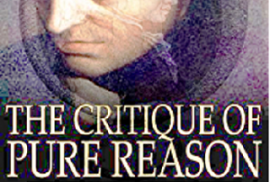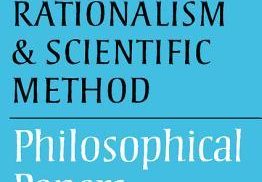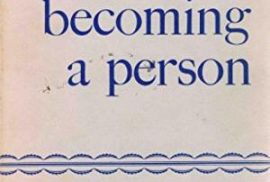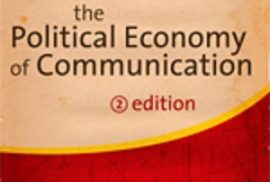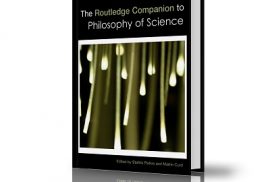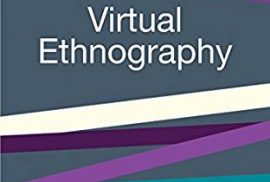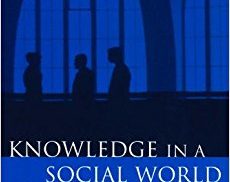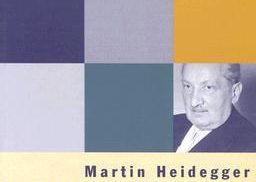Immanuel Kant’s Critique of Pure Reason is one of the seminal and monumental works in the history of Western philosophy. Published in May 1781, when its author was already fifty-seven years and sub stantially revised for its second edition six years later, the was both the culmination of three decades of its author’s often very private work and the starting-point for nearly two more decades of his evolving now very public philosophical thought. In the more than two centuries since the book was first published, it has been the constant object ofscholarly interpretation and a continuous source of inspirationto inventive philosophers. To tell the whole story of the book’s influence would be to write the history of philosophy since and that is beyond our intention here. After a summary of the Critique’s structnre and argument, this introduction will sketch its genesis and evolution from Kant’s earliest metaphysical treatise in 1755 to the of the first edition of the Critique in 1781, and its revision for the second edition of 1787.
E-books
The present volume and its companion discuss three ideas that have played an important role in the history of science, philosophy and civilization: criticism, proliferation and reality. The ideas are presented, explained and made the starting points of argumentative chains. The first idea, that of criticism, is found in almost all civilizations. It plays an important role in philosophies such as Buddhism and Mysticism, it is the cornerstone of late nineteenth-century science and philosophy of
science, and it has been applied to the theatre by Diderot and Brecht.1 Criticism means that we do not simply accept the phenomena, processes, institutions that surround us but we examine them and try to change them. Criticism is facilitated by proliferation (vol. 1, ch. 8): we do not work with a single theory, system of thought, institutional framework until circumstances force us to modify it or to give it up; we use a plurality of theories (systems of thought, institutional frameworks) from the very beginning. The theories (systems of thought, forms of life, frameworks) are used in
their strongest form, not as schemes for the processing of events whose nature is determined by other considerations, but as accounts or determinants of this very nature (realism, see vol. 1, chs. 11.15f2). One chain of argument is therefore…
Though It Shocks Me Somewhat To Say So, I have been a psychotherapist (or personal ounselor) for more than thirty-three years. This means that during a period of a third of a century I have been trying to be of help to a broad sampling of our population: ro children, adolescents and adults; to those with educational, vocational1 personal and marital problems; to “normal,” “neurotic,” and “psychotic” individuals (the quotes indicate that for me these are all misleading labels); to individuals who come for help, and those who are sent for help; to those whose problems are minor, arid to those whose lives have become utterly desperate and without hope. I regard it as a deep privilege to have had the opportunity to know such a diverse multitude of people so personally and intimately.
The second edition of The Political Economy of Communication substantially revises and updates the 1996 first edition. I decided to write this book because the field has grown substantially over the last decade and the new edition provides an opportunity to address this work and to incorporate comments about the first edition. In addition to addressing new work, my goals were to deepen understanding of the enduring themes that have animated the field for many years, to address the new issues that are revitalizing it, and to do so in an accessible style that nevertheless respects the need for precise language. Here are some of the more important specific changes. Some have suggested that it would be useful to provide a short overview of the polit ical economy approach which also identifies some of the key books and articles in the field. Hence, the book begins with a one-chapter overview. I also thought it would make the book more accessible to break up some of the larger chapters into smaller ones. So I have taken a lengthy chapter on the general field of political economy and divided it into two chapters. Chapter 2 defines the political economy approach and takes up its major characteristics. Chapter 3 addresses major schools of thought. I have done something similar with a long chapter that mapped the history and current state of the political economy of communication. Chapter 4 begins with a section on the meaning of communication that provides a more detailed treatment of the concept than did the original edition. The chapter proceeds to describe the social and intellectual influences on the field and Chapter 5 examines the history of research in the political economy of communication…
The Routledge Companion to Philosophy of Science is an outstanding guide to the major themes, movements, debates and topics in philosophy of science. Fifty-five entries by a team of renowned international contributors are organized into four parts:
- Historical and Philosophical Context
- Debates
- Concepts
- Individual Sciences
The Companion begins with a critical examination of how philosophy of science has been involved in a mutually fruitful interaction with philosophical theories in areas such as metaphysics, pistemology, and the philosophy of language, and reassesses the major schools of philosophy of science in the twentieth century. The second part explores the development of current debates among hilosophers and scientists on issues such as confirmation, explanation, realism, scientific method, and the ethics of science. Part three discusses controversial concepts such as causation, prediction, unification, observation, and probability that lie at the heart of many disputes about science and scientific theories. The final part addresses some of the main philosophical problems that arise within eight branches of science: biology, chemistry, cognitive science, economics, mathematics, physics, psychology, and the social sciences. The Routledge Companion to Philosophy of Science is essential reading for anyone interested in philosophy of science and the connections between philosophy and the natural and social sciences.
This book is about the ways in which use of the Internet is made meaning- ful in local contexts. It is therefore appropriate, as well as necessary, that I should start by acknowledging the local context which made production of this book possible. Since 1991 I have been a member of the Centre for Research into Innovation, Culture and Technology (CRICT) at Brunel University. The intellectual environment provided by CRICT, the people I have met and the ideas I have encountered there have been central to the development of the perspective explored here. I owe a huge debt accumulated over the years to Steve Woolgar, Mike Lynch, Alan Irwin, Geoff Cooper, Eric Hirsch, Janet Rachel, Stuart Shapiro, Janet Vaux, David Oswell, Julian Petley, Chris Carne, Clare Fisher, Liz Ackroyd, Debbie Chagouri and Donna Page. Supervising PhD students has also been a source of insight and inspiration, and I thank Linda Hitchin, Andrea Buchholz, Tilly Blyth, Nathan Blau, Robert Pain and Dan Neyland. Teaching a course on the Social Dynamics of Communications Technologies has helped me to formulate and clarify my ideas, and I am grateful to the Communications and Media Studies and MA Communications and Technology students who have taken that course over the years and helped to make it a stimulating and enjoyable experience. Teaching Communications and Media Studies students to develop web pages has been an opportunity to combine theory and practice, and to participate in the learning processes through which web pages are made to make sense. Morewidely, I have bene®ted hugely from the opportunity to present and discuss portions of this work at conferences and workshops, particularly the Society for Social Studies of Science, European Association for Studies of Science and Technology, Internet Research and Information for Social Scientists (IRISS ’98) and the Technology, Speed and Society meeting organized by Cambridge anthropologists. Brunel University made the award which enabled me to employ a research assistant, Allegra Catol® Salvoni, for the project which turned into this one. Allegra made a major contribution to the gathering of both literature and data for the project and was a joy to work with. The Department of Human Sciences at Brunel granted me a teaching-free semester to devote to the production of the manuscript. Great thanks are due to Chris Rojek at Sage who encouraged me to turn Virtual Ethnography into a book. Physiotherapist Ann McLaughlin is to be thanked for helping to maintain and restore my ability to sit at a keyboard during the latter stages of web sur®ng and manuscript preparation. For their support, tolerance and encouragement, I must thank Simon Manze, the Hine and Manze families, and many friends. Finally, I owe a great debt to the producers of web pages and contributors to newsgroups who gave up their time to help in the research and share with me their own local understandings of the Internet.
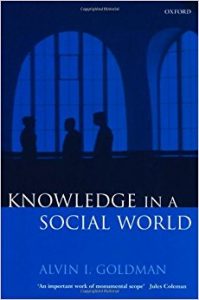
This chapter is far from the final word on the social epistemology of education. But I do take it to establish the importance of social epistemology to the philosophy of education. As in science, law, politics, and all other sectors where information is critical to society, social epistemology should be a guiding force. At the edge of the twenty-first century, the age of information has not merely dawned; it is reaching its zenith. Veritistic social epistemology has an important role to play in this era.
The Principle of Identity is the unchanged text of a lecture given on the occasion of the 500th anniversary of the University of Freiburg im Brisgau, fo the faculty day on June 27, 1957. The Onto-theo-logical Constitution of Metaphysics is the explication that conclude a seminar during the winter semester 1956-57 on Hegel’s Science of Logic. It has in part resived. The lecture took place on February 24, 1957 in Todnauberg. The Principle of Identity glace ahead and backward, too; ahead into the realm from which stems the subject matter of the lecture The Thing (see notes); back to the realm where the essence of metaphysics has its source; the constitution of metaphysics is defined by difference. The close relations of identitty and difference will be shown in this publication to be that which gives us thought. The close relation of idendtity and difference wiill be shown in this publication to be that which gives us thought. The reader is to discover for himself in what way difference stem from the essence of identity, by listening to the harmony presiding over the event of approriation and perdurance. In this realm one cannot prove anything, but one can point out a great deal, Todtnauberg September 9, 1957

